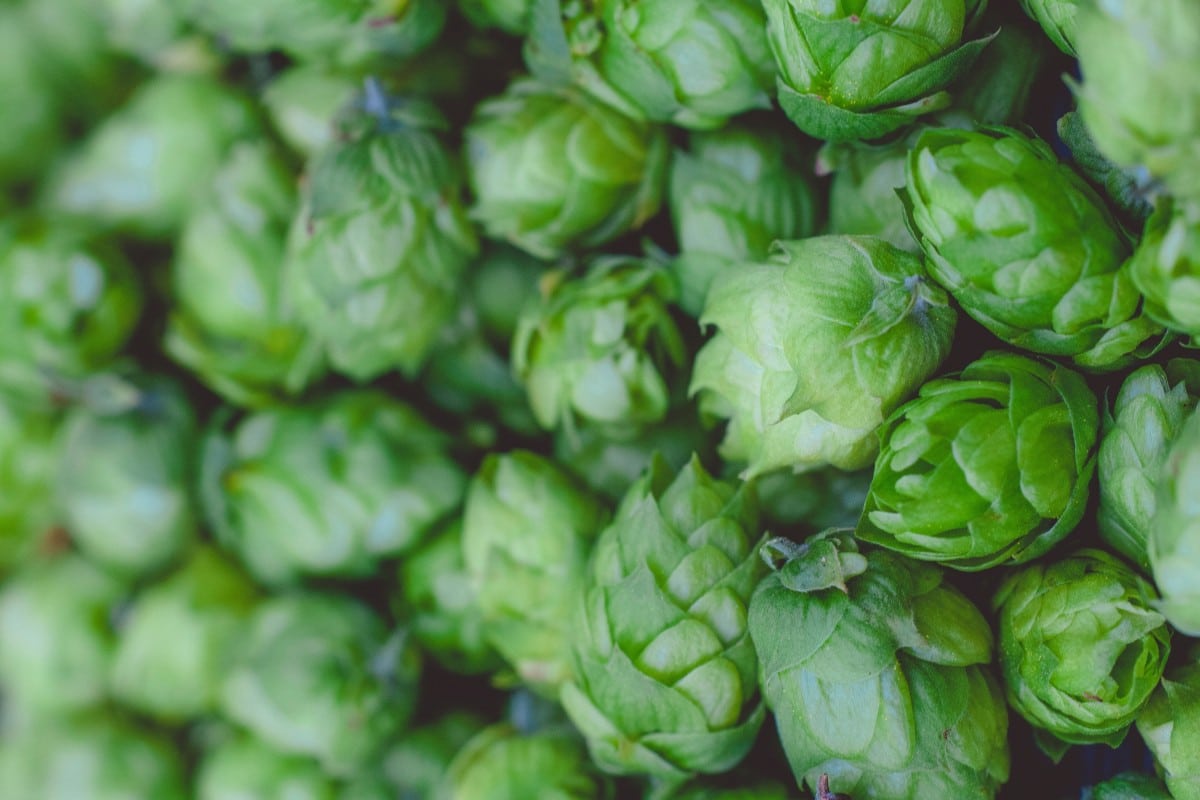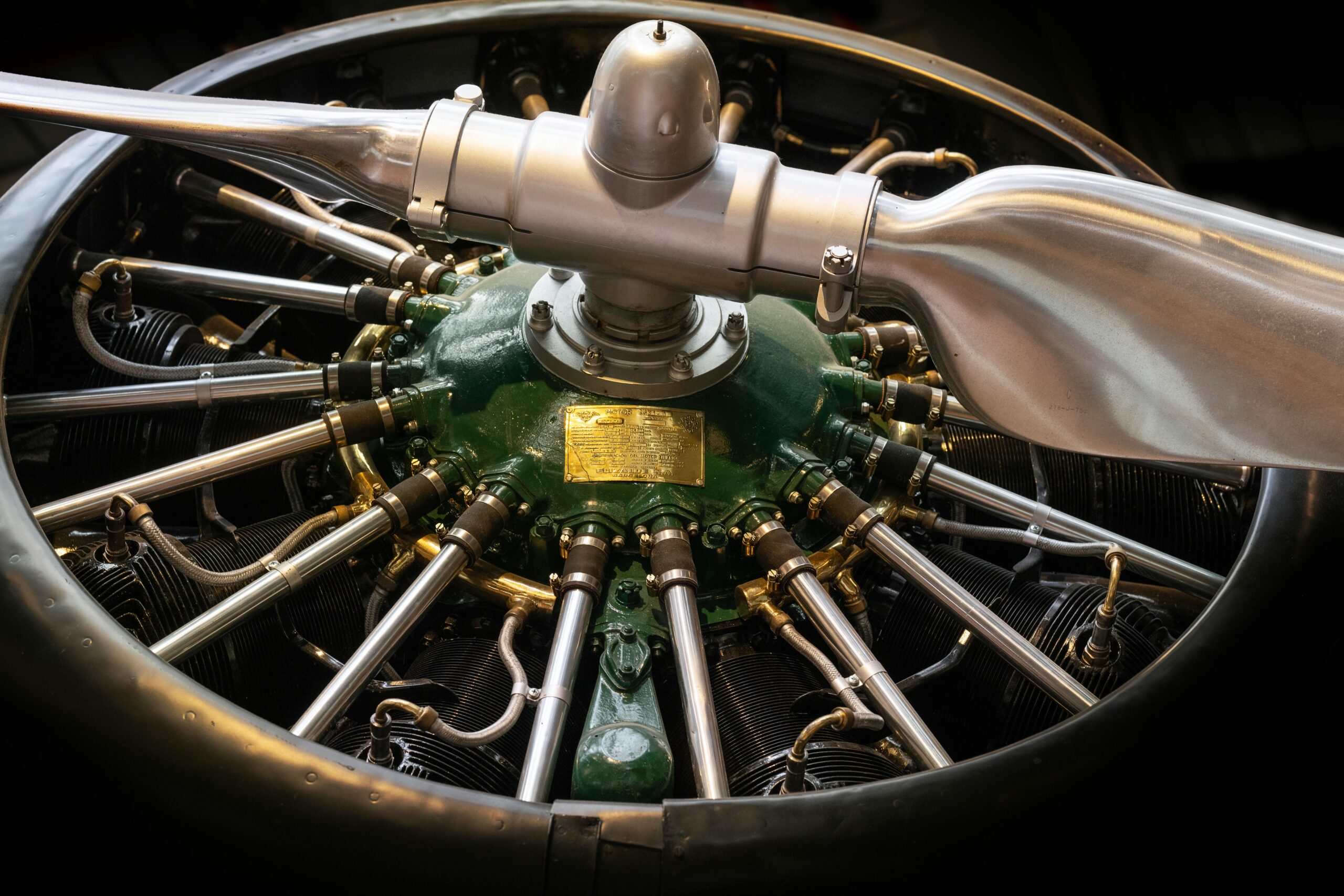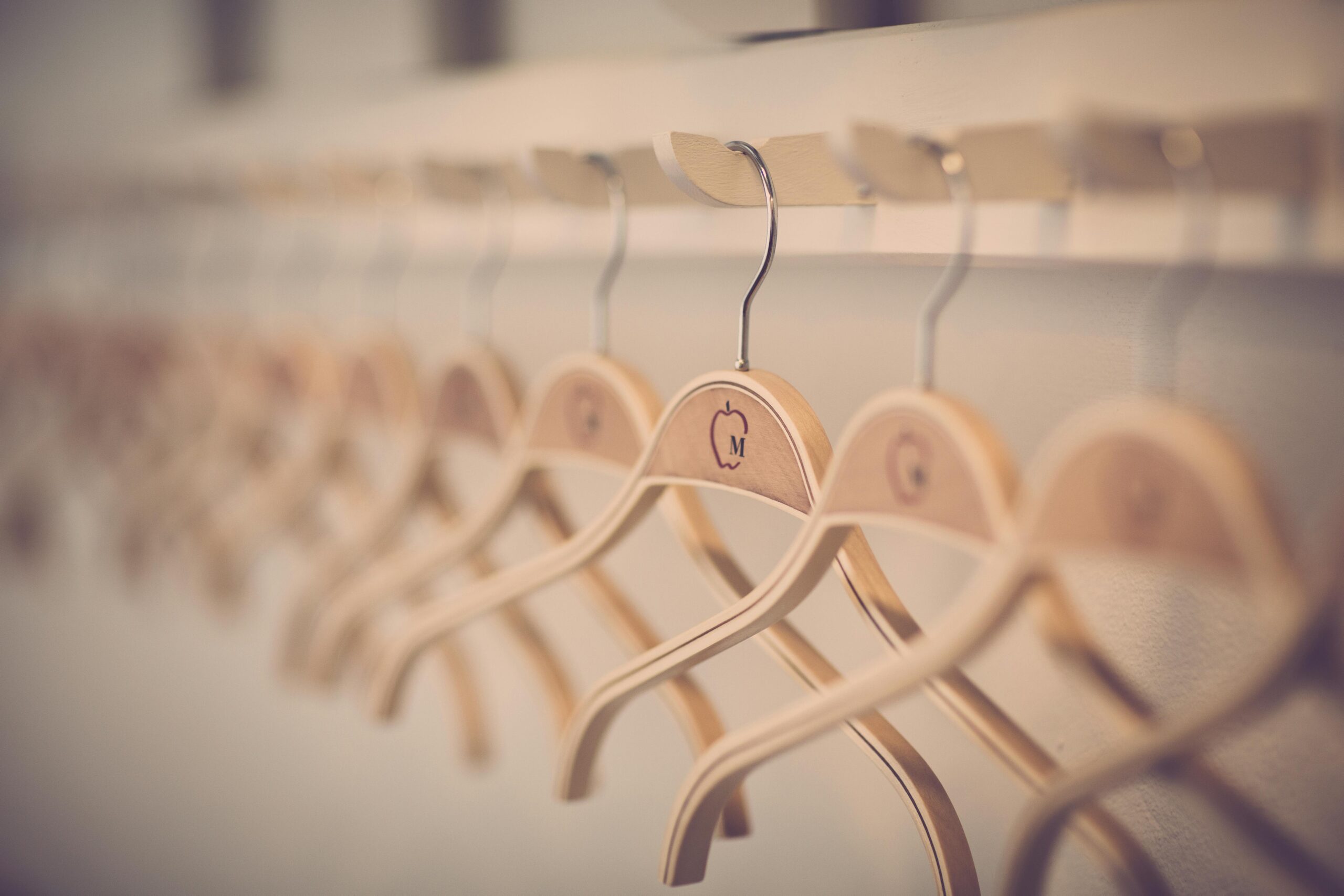Data-driven beer?
Will that be drinkable?
Brewing beer is a skill, a craft, shouldn’t we leave that to brewers? No stress, grab a nice drink, this blog will discuss the beer being created in collaboration between Uiltje Brewing Company and Data Science Lab. We’ll give you insight into the process and mystique surrounding the word “data-driven. As a young innovative company, we immediately found a like-minded partner in Uiltje. Brewing a beer based on data, how cool is that! A project that fits well within our Lab. But how does an idea like this come about? It will surprise no one that a Friday afternoon gave the starting shot for this. Can’t we do something with data and beer? The sequel to this is obvious… Who doesn’t dare, who doesn’t win. Nice idea, but how are we going to do this. With any data project, regardless of whether it is to produce a dashboard or Deep Learning model, the foundation consists of data. In itself nothing shocking, but what data should this be? How do we get this data? And perhaps more importantly, what exactly do we want to do with it? First, the questions arise, how does a beer usually come about? To get a good answer to this question, we spoke with Marko Mihalić, Brewery Manager at Uiltje:
“Owl, of course, has the Fresh & Fast line. Delivered a new beer every 2 weeks. This means that every 2 weeks we make a new beer. Here we vary the style, one week a DIPA and 2 weeks later for example a Session IPA. This way we create variation in what we release. Inspiration for this we get from the available hop varieties and the quality of these hops. Hops are like grapes in wine, the same hop gives a slightly different taste every year. In addition, we test a lot in our own lab with different hop combinations to come up with new flavors. Furthermore, there are always new hop varieties coming in from the U.S. that we can work with. In our lab we then brew experimental brews of 20 – 25L and test things out that eventually lead us to recipes for new beers.”
As in virtually all industries, data can be a very nice supporting factor.
It can show connections that one would not easily come up with on one’s own.
It is then up to the user to do something with the results.
Computers cannot interpret data.
It is with this in mind that we begin this project.
The brewers ultimately have to work with the results.
They are therefore a logical starting point. What input from data could you work with?
How could you brew a data-driven beer with our help?
And how do you as a brewery view the use of data? We put these, and many other questions, to the brewers of Uiltje. From this came the following:
Marko: “A flavor palette would be a perfect starting point for us to start developing a recipe and brew.
If a set of characteristics to a specific beer style can be provided from the data and algorithm then we can move forward with that.
Using data to develop a recipe in this way is new for us.
In the field of marketing and sales more and more is done with data, this is comparable to other commercial companies.
However, in developing a new recipe and brew this is not yet the case.
Our brew kit is fairly manual.
We do have computers which regulate the cooling of the brew and also the pumps are controlled by computers.
We have the ambition to automate this a bit more, for example during mashing.
This ambition fits within the framework of a Craft brewery.
Craft is mainly about working with a living product, the brew, without foreign extracts, without using hop extracts and without pasteurizing “
What flavors did they taste?
What style of beer was it?
How much alcohol was in it?
Was there anything else worth mentioning? Plenty of information in which to create overview. We are looking for the optimal combination of characteristics of a specific beer style. Some information is virtually readily available, such as alcohol percentages, beer styles, etc. However, what exactly people liked about it is not readily available. What flavor combinations can people like? To gain some insight into this, we used Natural Language Processing, or NLP. NLP methods are used to extract valuable information from pieces of text. In this way, we can link tastes and keywords to a review. All well and good, for example, someone may taste citrus, grassiness & creaminess in an IPA, but how do these flavors get into the beer? What ingredients create what flavors? How does Owl play this up?
Marko: “The aromas released in a brew can be caused by several things. For example, hop varieties each have their own specific flavor. For example, the ‘Columbus’ hop gives off a grassy flavor and there are yeast varieties that cause a ‘hazy’ flavor. We have several beers with fruit notes. Flavors like pineapple cannot be extracted directly from hops or yeast, for this we regularly work with fruit purees which are added to the brew. Furthermore, with hop oils & dry-hoping different flavors can be added to the brew. Besides hops, malt is of course an ingredient of beer. Flavors such as chocolate and coffee come from the malt. Beer aged in barrels, ‘barrel aged beer,’ can also impart other unique flavors to the beer from the wood or liquor that was previously in that barrel.”



